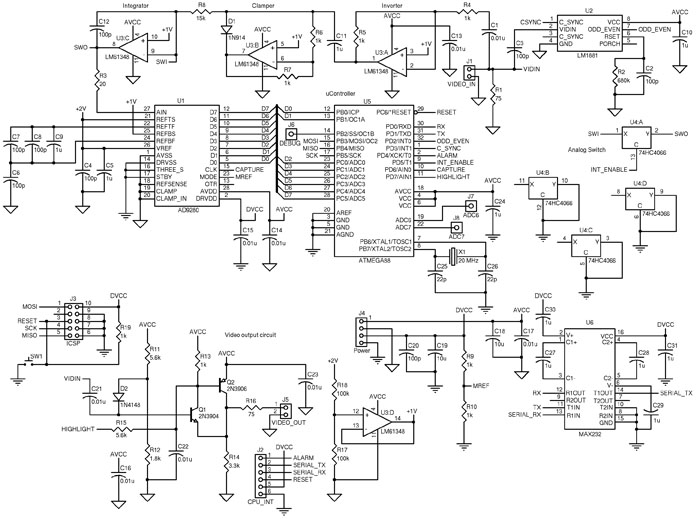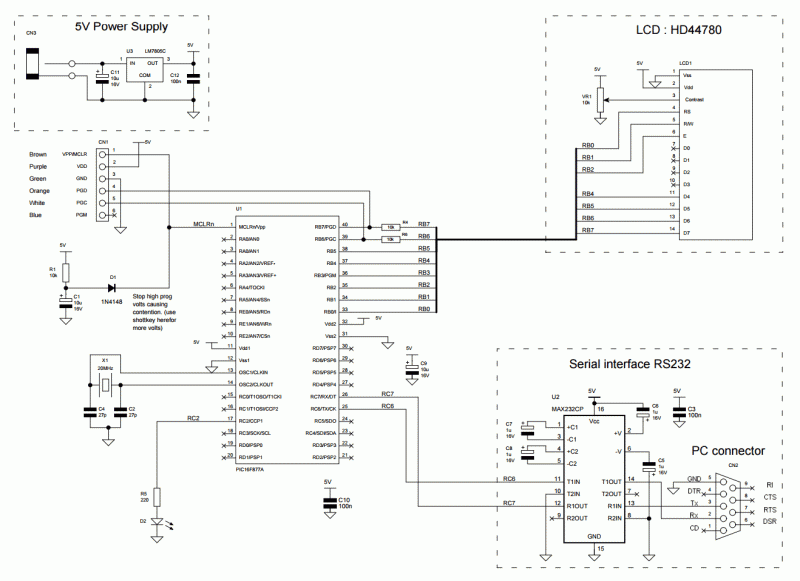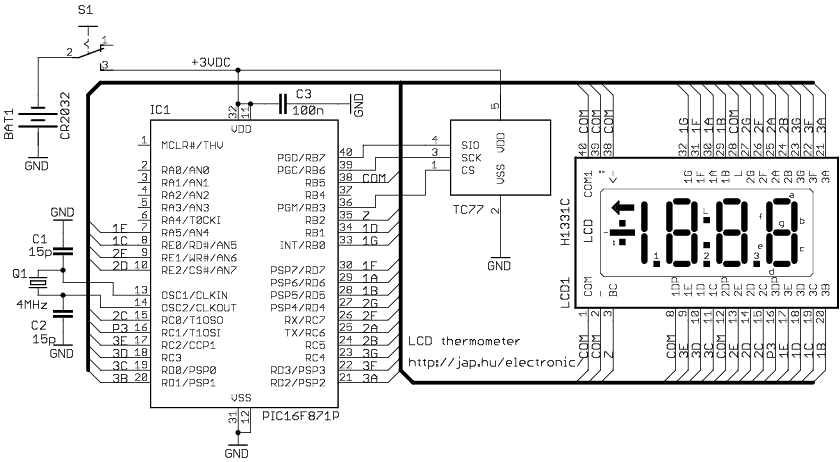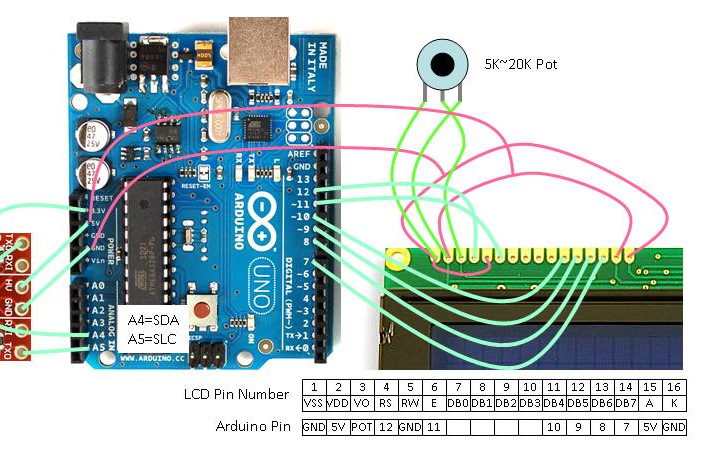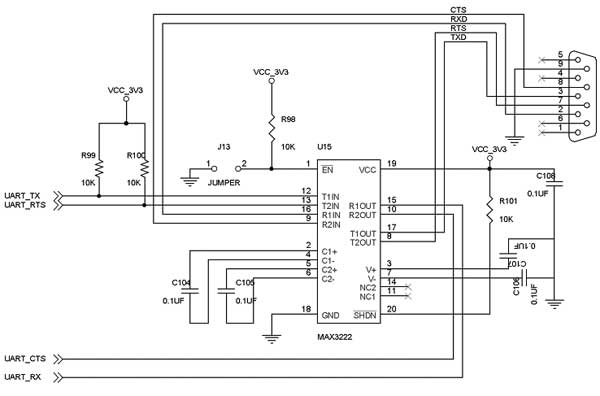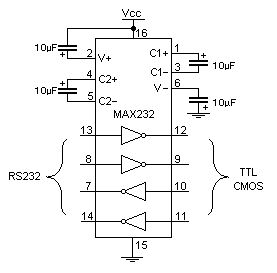
lcd interfacing with cy8c3866 psoc 3
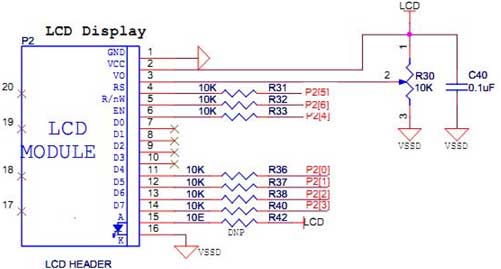
The PSoC 3 Primer Kit is specifically designed to assist students in mastering the necessary skills in embedded systems. The kit is structured to enable easy utilization of all possible features of the microcontroller. It supports the FX2LP Programmer, which connects via a USB port, and is based on the Cypress CY8C3866 core (CY8C3866). The PSoC 3 Primer Kit facilitates the development and debugging of various designs utilizing 8-bit microcontrollers. It includes onboard CAPSENSE buttons, a CAPSENSE linear slider, UART, ADC, DAC, a relay, a buzzer, a seven-segment display, a serial EEPROM, a temperature sensor (LM35), a matrix keypad, switches, LEDs, a stepper motor driver, a traffic light controller, a real-time clock (RTC), and LCD & GLCD displays, creating a versatile standalone test platform. Users can engage with the Primer on this platform or use it as a reference for application development. The liquid crystal display (LCD) is particularly useful for providing a user interface as well as for debugging purposes. An LCD is a flat panel display that utilizes the light-modulating properties of liquid crystals (LCs) and can present textual information to the user. The 2x16 character LCD interface card supports both 4-bit and 8-bit modes, along with a facility to adjust contrast via a trim potentiometer. In the 4-bit interface, seven lines are required: four data bits (D0 to D3), three control lines, an address bit (RS), a read/write bit (R/W), and a control signal (E). In the 8-bit interface, eleven lines are needed: eight data bits (D0 to D7), three control lines, an address bit (RS), a read/write bit (R/W), and a control signal (E).
The PSoC 3 Primer Kit serves as a comprehensive educational tool for students interested in embedded systems design and development. The integration of various components allows for a hands-on approach to learning, where students can explore the functionalities of microcontrollers in a practical environment. The inclusion of CAPSENSE technology enables touch-sensitive controls, enhancing interactivity in projects.
The UART interface facilitates serial communication, allowing the microcontroller to communicate with other devices, while the ADC and DAC components enable the conversion between analog and digital signals, essential for sensor applications. The relay can be used for controlling high-power devices, making the kit suitable for real-world applications.
The temperature sensor (LM35) provides temperature readings, which can be crucial for environmental monitoring projects. The matrix keypad allows for user input, while the stepper motor driver enables precise control of motors for robotics applications. The traffic light controller can be utilized in projects simulating traffic management systems, showcasing the kit's versatility.
The LCD interface enhances user interaction by displaying information, which is vital for debugging and monitoring the system's operation. The dual interface modes (4-bit and 8-bit) provide flexibility in design choices, accommodating various project requirements. The contrast adjustment feature ensures optimal visibility of the display under different lighting conditions.
Overall, the PSoC 3 Primer Kit is an invaluable resource for students and educators, providing a robust platform for exploring the principles of embedded systems and microcontroller programming. The combination of diverse components and functionalities allows for a wide range of applications, making it an essential tool for both learning and prototyping.The PSoc 3 Primer kit is specifically designed to help students to master the required skills in the area of embedded systems. The kit is designed in such way that all the possible features of the microcontroller will be easily used by the students.
The kit supports FX2LP Programmer which is done through USB port. Cypress CY8C3866 core (CY8C3866), PSoc 3 Primer Kit is proposed to smooth the progress of developing and debugging of various designs encompassing of speed 8-bit Microcontrollers. It integrates on board CAPSENSE BUTTONS, CAPSENSE LINEAR SLIDER, UART, ADC, DAC, Relay, Buzzer, Seven Segment, Serial EEPROM, Temperature Sensor LM35, Matrix Keypad, Switch, LED, Stepper Motor Driver, Traffic Light Controller, RTC, LCD & GLCD Display to create a stand-alone versatile test platform.
User can easily engage in Primer in this platform, or use it as reference to application Primer. Liquid Crystal Display also called as LCD is very helpful in providing user interface as well as for debugging purpose. A liquid crystal display (LCD) is a flat panel display that uses the light modulating properties of liquid crystals (LCs).
LCD Modules can present textual information to user. Fig. 1 shows how to interface the LCD to microcontroller. The 2x16 character LCD interface card with supports both modes 4-bit and 8-bit interface, and also facility to adjust contrast through trim pot. In 4-bit interface 7 lines needed to create 4-bit interface; 4 data bits (D0 D3), three control lines, address bit (RS), read/write bit (R/W) and control signal (E).
In 8-bit interface 11 lines needed to create 8-bit interface; 8 data bits (D0 D7), three control lines, address bit (RS), read/write bit (R/W) and control signal (E). 🔗 External reference
The PSoC 3 Primer Kit serves as a comprehensive educational tool for students interested in embedded systems design and development. The integration of various components allows for a hands-on approach to learning, where students can explore the functionalities of microcontrollers in a practical environment. The inclusion of CAPSENSE technology enables touch-sensitive controls, enhancing interactivity in projects.
The UART interface facilitates serial communication, allowing the microcontroller to communicate with other devices, while the ADC and DAC components enable the conversion between analog and digital signals, essential for sensor applications. The relay can be used for controlling high-power devices, making the kit suitable for real-world applications.
The temperature sensor (LM35) provides temperature readings, which can be crucial for environmental monitoring projects. The matrix keypad allows for user input, while the stepper motor driver enables precise control of motors for robotics applications. The traffic light controller can be utilized in projects simulating traffic management systems, showcasing the kit's versatility.
The LCD interface enhances user interaction by displaying information, which is vital for debugging and monitoring the system's operation. The dual interface modes (4-bit and 8-bit) provide flexibility in design choices, accommodating various project requirements. The contrast adjustment feature ensures optimal visibility of the display under different lighting conditions.
Overall, the PSoC 3 Primer Kit is an invaluable resource for students and educators, providing a robust platform for exploring the principles of embedded systems and microcontroller programming. The combination of diverse components and functionalities allows for a wide range of applications, making it an essential tool for both learning and prototyping.The PSoc 3 Primer kit is specifically designed to help students to master the required skills in the area of embedded systems. The kit is designed in such way that all the possible features of the microcontroller will be easily used by the students.
The kit supports FX2LP Programmer which is done through USB port. Cypress CY8C3866 core (CY8C3866), PSoc 3 Primer Kit is proposed to smooth the progress of developing and debugging of various designs encompassing of speed 8-bit Microcontrollers. It integrates on board CAPSENSE BUTTONS, CAPSENSE LINEAR SLIDER, UART, ADC, DAC, Relay, Buzzer, Seven Segment, Serial EEPROM, Temperature Sensor LM35, Matrix Keypad, Switch, LED, Stepper Motor Driver, Traffic Light Controller, RTC, LCD & GLCD Display to create a stand-alone versatile test platform.
User can easily engage in Primer in this platform, or use it as reference to application Primer. Liquid Crystal Display also called as LCD is very helpful in providing user interface as well as for debugging purpose. A liquid crystal display (LCD) is a flat panel display that uses the light modulating properties of liquid crystals (LCs).
LCD Modules can present textual information to user. Fig. 1 shows how to interface the LCD to microcontroller. The 2x16 character LCD interface card with supports both modes 4-bit and 8-bit interface, and also facility to adjust contrast through trim pot. In 4-bit interface 7 lines needed to create 4-bit interface; 4 data bits (D0 D3), three control lines, address bit (RS), read/write bit (R/W) and control signal (E).
In 8-bit interface 11 lines needed to create 8-bit interface; 8 data bits (D0 D7), three control lines, address bit (RS), read/write bit (R/W) and control signal (E). 🔗 External reference
